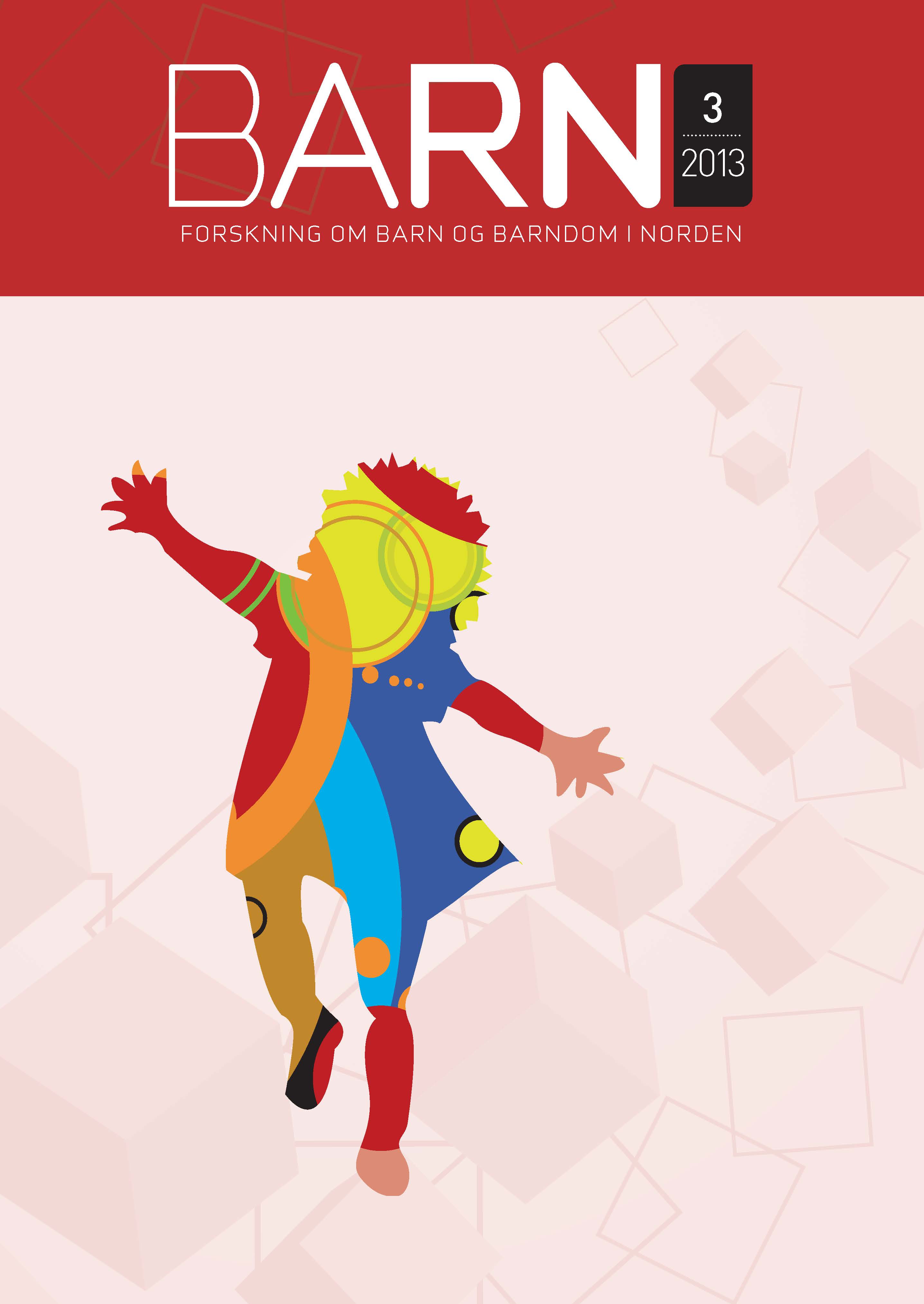Stat, kyrka och familj: Innehållet i allmogebarns uppfostran i Finland i början av 1900-talet
Abstract
The article presents a picture of the relationship between the public and private targets of upbringing
of Finnish common people’s children in early 20th-century Finland. The statutes focusing on children
contain the information regarding the expectations of the society. The documents date back to the period
from 1442 to 1917, when Finland gained independence. However, the legislation influenced people’s
attitudes up to the 20th century. The narrative material consists of life stories, including episodes with
proverbial speech and interpretations of proverbs. It is composed of two collections from the Folklore
Archives of Finnish Literature Society, which provide information about the childhood in the early 20th
century in Finland. Even if the pedagogical goals in the rules and regulations are quite similar to the
interpreted contents of the proverbs in pedagogical speech, the interpretations emphasize one’s own
ability and responsibility for one’s own life. Moreover, the running order of goals is different. Although
the official authorities, state and church, gave the framework for upbringing, the Finnish speaking children were brought up in the context of family and neighbourhood, in which its own educational targets
were set and met.
Full text
Published
How to Cite
Issue
Section
License
Copyright (c) 2020 Liisa Granbom-Herranen

This work is licensed under a Creative Commons Attribution 4.0 International License.


